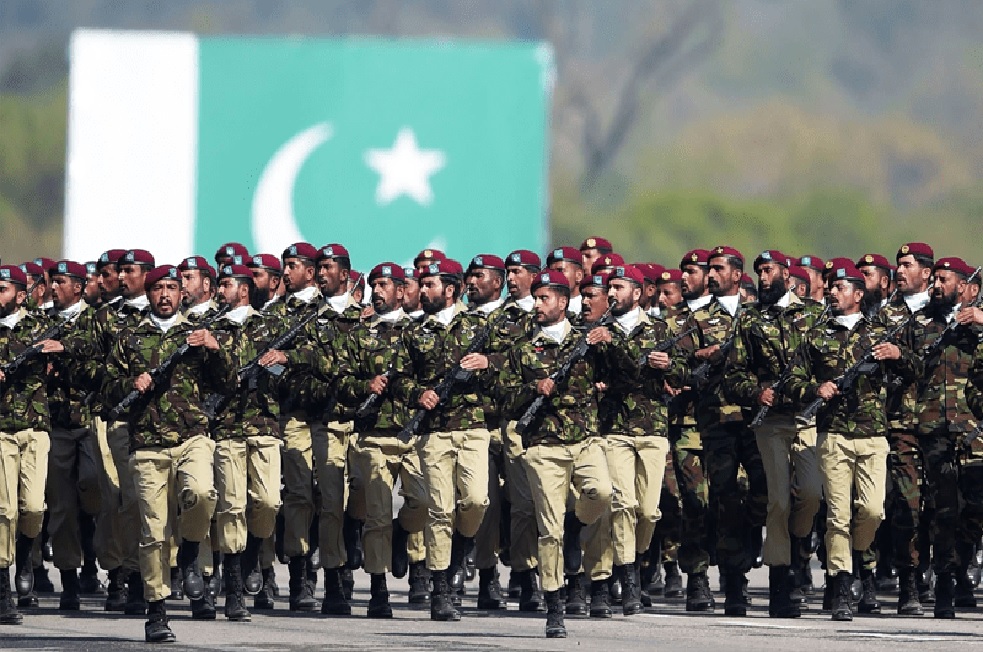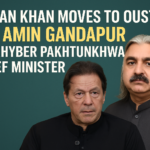Introduction
The India-Pakistan conflict is one of the most prolonged and volatile rivalries in modern history. Since the partition of British India in 1947, the two nuclear-armed neighbors have fought multiple wars, engaged in border skirmishes, and remained in a state of military readiness. Pakistan, despite being smaller in size, has demonstrated exceptional military strength, strategic depth, and resilience against India.
This article delves into the major wars between India and Pakistan, analyzes Pakistan’s military capabilities, and explains why the Pakistan Army is considered one of the most powerful forces in the region.
Major India-Pakistan Wars
1. The First Kashmir War (1947-1948)
The first war erupted immediately after independence when India and Pakistan clashed over the princely state of Jammu and Kashmir. Pakistan-backed tribal militias and its military fought against Indian forces. The war ended with a UN-brokered ceasefire, dividing Kashmir into Indian-administered and Pakistan-administered territories.
Key Points:
- Pakistan supported Kashmiri rebels against Indian rule.
- The war established the Line of Control (LoC).
- Showed Pakistan’s early military resolve.
2. The 1965 War – A Test of Strength
The 1965 war was a full-scale military confrontation triggered by border clashes and Pakistan’s Operation Gibraltar in Kashmir. Despite India’s larger army, Pakistan’s strategic planning and superior tank warfare (especially in the Battle of Chawinda) proved its military prowess.
Key Points:
- Pakistan’s Patton tanks outperformed India’s outdated armor.
- The war ended in a stalemate with the Tashkent Agreement.
- Pakistan celebrated Defense Day (6th September) in honor of its soldiers’ bravery.
3. The 1971 War and the Fall of East Pakistan
The 1971 war was the most devastating conflict, resulting in the creation of Bangladesh. While India capitalized on political unrest in East Pakistan, the western front saw fierce battles where Pakistan’s military held strong against overwhelming numbers.
Key Points:
- Pakistan faced internal rebellion in East Pakistan (now Bangladesh).
- Despite the loss of East Pakistan, the western front remained undefeated.
- Pakistan’s Air Force (PAF) performed exceptionally, downing Indian jets.
4. The Kargil Conflict (1999)
The Kargil War was a limited but intense conflict where Pakistani forces and Kashmiri fighters occupied strategic peaks in Kargil. India launched a massive offensive, but Pakistan’s high-altitude warfare tactics showcased its soldiers’ resilience.
Key Points:
- Pakistan demonstrated superior mountain warfare skills.
- International pressure forced a withdrawal, but Pakistan’s military gained respect.
- Highlighted Pakistan’s nuclear deterrence strategy.
Why Pakistan’s Army is More Powerful Than India’s
1. Nuclear Capability
Pakistan possesses a credible nuclear triad (land, air, and sea-based missiles) with warheads estimated at 165+, compared to India’s 160+. Pakistan’s Nasr (short-range ballistic missile) and Shaheen-III (long-range missile) ensure second-strike capability.

2. Battle-Hardened Military
Pakistan’s army has decades of combat experience, including:
- Counter-terrorism operations (Zarb-e-Azb, Radd-ul-Fasaad).
- UN peacekeeping missions.
- High-altitude warfare expertise (Siachen, Kargil).
3. Superior Training & Elite Forces
- SSG (Special Services Group): One of the world’s most elite special forces.
- PAF (Pakistan Air Force): Ranked among the top air forces globally, with advanced JF-17 Thunder jets.
- Naval Strength: Pakistan’s navy has modern submarines like the Hangor-class and Agosta 90B.
4. Strategic Alliances
Pakistan maintains strong military ties with:
- China (JF-17 jets, missile technology).
- Turkey (modern drones, warships).
- Middle Eastern nations (defense collaborations).
5. Defense Budget Efficiency
Despite India’s larger defense budget, Pakistan’s military spending is more efficient, focusing on:
- Indigenous weapons (Al-Khalid tanks, Babur cruise missiles).
- Asymmetric warfare tactics.
Current Situation & Future Prospects
1. Ongoing Kashmir Conflict
Pakistan continues to support Kashmiri freedom struggles diplomatically, while India maintains heavy militarization in the region.
2. Ceasefire & Peace Efforts
Despite tensions, both nations agreed to a 2021 ceasefire along the LoC. However, long-term peace remains uncertain.
3. Rising Military Modernization
Pakistan is enhancing its defense with:
- J-10C fighter jets from China.
- Advanced drone technology (Burraq, Shahpar).
- Cyber warfare capabilities.
Conclusion
The India-Pakistan wars have shaped South Asia’s geopolitical landscape. Despite India’s numerical superiority, Pakistan’s military has consistently proven its strength, tactical brilliance, and resilience. With a robust nuclear arsenal, elite special forces, and strategic alliances, Pakistan remains a formidable power in the region.
As tensions persist, Pakistan’s military readiness ensures that any aggression from India will be met with an unwavering response, safeguarding the nation’s sovereignty.
FAQs
Q: Who won the 1965 India-Pakistan war?
A: The war ended in a stalemate, but Pakistan’s military performed exceptionally against a larger Indian force.
Q: Is Pakistan’s army stronger than India’s?
A: While India has more troops, Pakistan’s military is more battle-hardened, better trained, and has superior tactical advantages.
Q: What is Pakistan’s strongest military branch?
A: The Pakistan Army and Air Force are considered among the strongest, with elite special forces and advanced fighter jets.
Q: Does Pakistan have nuclear weapons?
A: Yes, Pakistan is a nuclear-armed state with a credible second-strike capability.
By understanding these conflicts and Pakistan’s military strength, it’s clear that Pakistan remains a dominant force in South Asia, capable of defending its sovereignty against any threat.







Leave a Reply